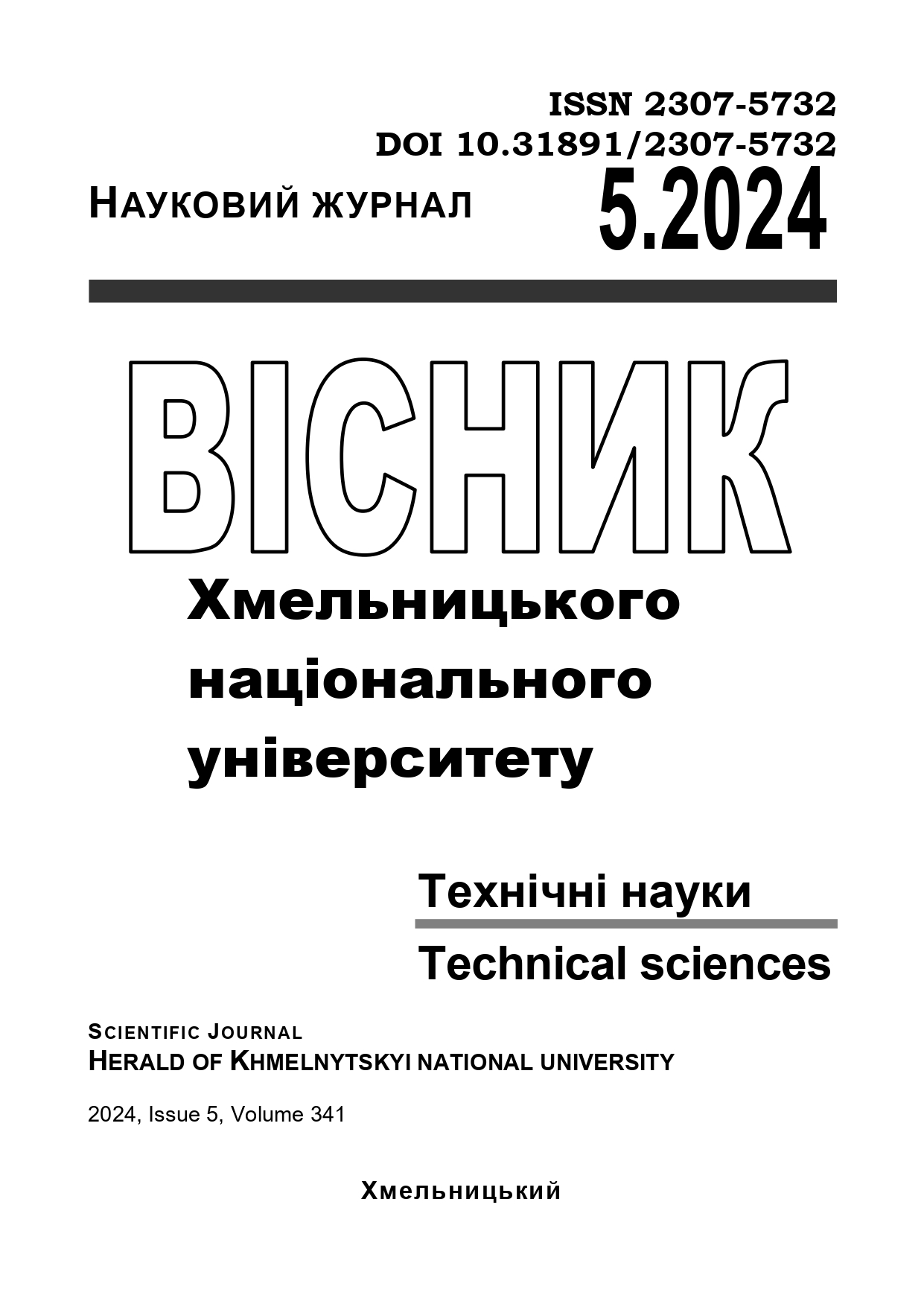ANALYSIS OF FLOW REGULATION MECHANISMS IN ADJUSTABLE AXIAL PISTON PUMPS
DOI:
https://doi.org/10.31891/2307-5732-2024-341-5-27Keywords:
hydraulic drive, axial piston pump , flow control mechanism, swashplate, control methodsAbstract
There is a growing trend towards expanding the use of hydraulic drives in mobile agricultural and road machinery. Hydraulic systems utilizing a single adjustable axial piston pump to supply multiple machine actuators have become particularly widespread. This places significant demands on the pump, influencing the efficiency, energy efficiency, and durability of the agricultural machine.
One of the key components of axial pumps is the flow control mechanism, which allows their operation to be adapted to varying operating conditions. The rotating swashplate is the basic working unit of the flow control mechanism in an axial pump. By changing the angle of the swashplate relative to the axis of piston rotation, the stroke length of the piston in the cylinder changes, and consequently, the pump's flow rate.
The following control methods are used to change the swashplate angle: mechanical, hydraulic, and electronic. Mechanical control of the swashplate angle employs various levers and screws. An analysis of this control method has shown that the feedback between the swashplate angle and the set pump flow rate is not fully explored in this method. Ultimately, this affects the accuracy and efficiency of the entire drive. In hydraulic control of the swashplate angle, hydraulic servodrives with regulators are used. Axial pumps with LS (Load Sensing) load-sensitive flow control systems have become widespread in mobile agricultural machinery. An analysis of this control system has shown that the quality of component manufacturing, the provision of feedback, and the quality of the hydraulic fluid have a significant impact on its performance. Therefore, further research and improvement of such a control system is advisable. Electronic control of the swashplate angle uses electronic components such as sensors, controllers, and actuators to monitor and regulate the parameters of the hydraulic system in real time. An analysis of this control method has shown that it can achieve high accuracy, efficiency, and automation of pump operation. However, this system is sensitive to external conditions and requires more qualified engineers for its development and operators for its use. Therefore, there is a need to research such systems in order to improve them and increase their performance characteristics.

